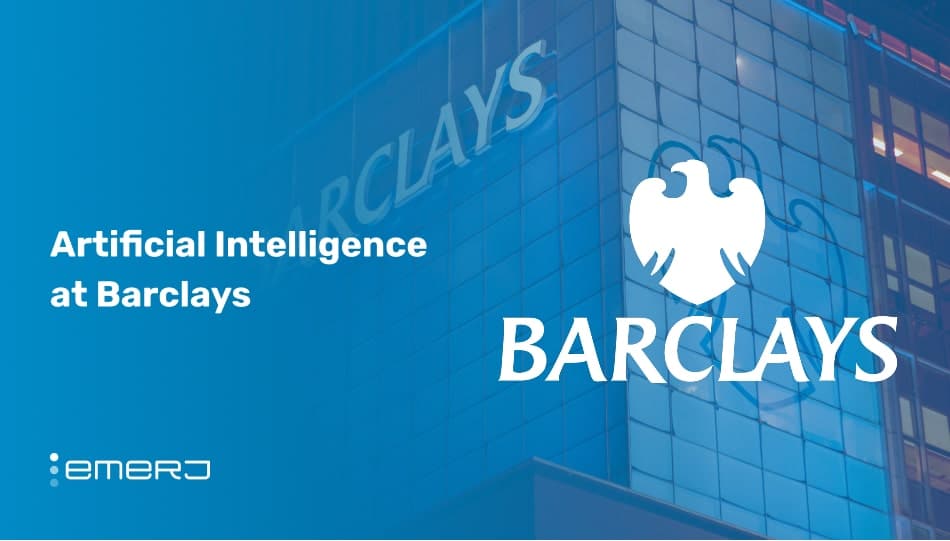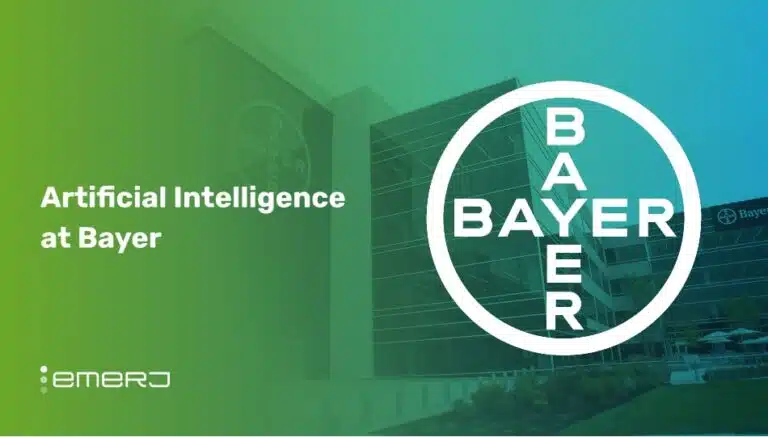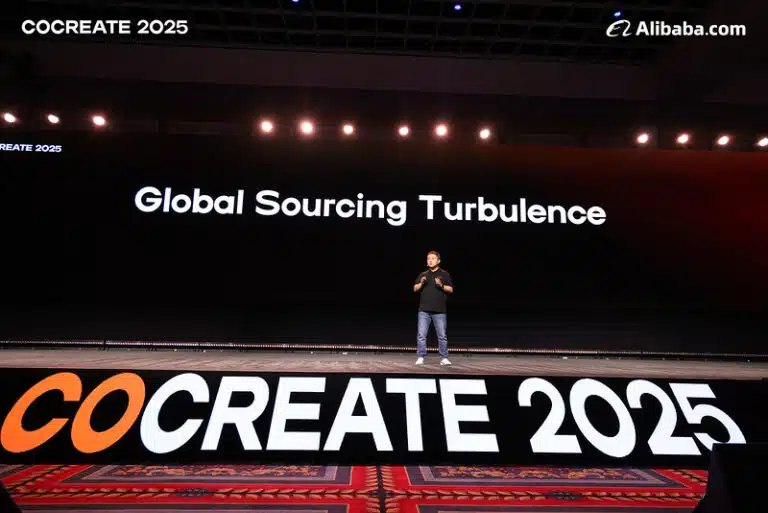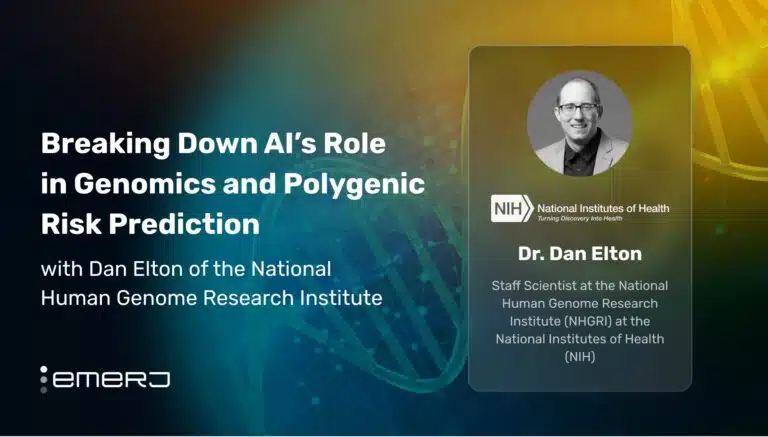Barclays is a leading British universal bank with a diversified portfolio serving retail and wholesale customers globally. The bank employs over 100,000 people worldwide, reflecting its significant global footprint and scale. In its most recent financial results for Q1 2025, Barclays reported £7.7 billion as total income, up 11% year-on-year.
Barclays’ approach to AI centers on leveraging advanced technologies to drive digital transformation, enhance operational efficiency, and improve customer experience. This approach enables Barclays to automate complex workflows, deliver personalized services, and ensure regulatory compliance, positioning the bank at the forefront of innovation in financial services.
This article examines two use cases that showcase how AI stands at the core of Barclay’s business initiatives:
- Solving fragmentation with generative AI integrations: Integrating GenAI and copilots into unified internal systems to enhance productivity, reduce attrition, and streamline operations in fragmented enterprises.
- Improving workload efficiency with predictive analytics: Implementing machine learning-based workload automation and predictive analytics to centralize IT operations, streamline hundreds of thousands of daily jobs, and manage disruptions across mainframe and distributed environments.
Solving Fragmentation by Integrating Generative AI
The challenge of digital tool fragmentation is widespread in the banking and financial services industry. As organizations grow and adopt new technologies, employees are required to use an increasing number of systems, often without integration. It results in lost productivity, increased training needs, and lower employee satisfaction.
McKinsey reports that large banks are about 40% less productive than digital-native organizations, a gap largely attributed to fragmented legacy systems and inefficient technology stacks. This productivity loss is compounded by the challenges of integrating new digital tools, which force employees to juggle multiple disconnected systems and processes. As a result, banks experience significant inefficiencies and lost time, undermining their overall operational performance.
For Barclays, with its global footprint and diverse workforce, the problem was magnified, making it a critical priority to address on a large scale. Barclays wanted to deliver an agent for employee self-service solutions integrated with key partner connectors, as well as Barclays’ own apps, so it partnered with Microsoft to launch Microsoft 365 copilot to its 100,000 employees globally.
According to a “UK Stories” feature published by Microsoft, this initiative integrated generative AI and agentic AI capabilities directly into Barclays’ internal productivity tools, creating a unified interface for all digital resources. The solution included three core components:
- Colleague AI Agent: A self-service assistant enabling employees to perform a wide range of tasks such as booking business travel, checking policy compliance, or resolving HR queries—using natural language commands.
- Personalized Content Search: Semantic search technology that surfaces relevant information based on user profiles, roles, and locations, making it easier for employees to find what they need quickly.
- Colleague Front Door: An agentic dashboard powered by Microsoft Viva, centralizing key moments that matter like booking desks or annual leave, and delivering personalized news and announcements.
Per the feature cited above, the solution leveraged Microsoft 365 Copilot, a generative AI platform that integrates seamlessly with Microsoft’s suite of productivity tools (including Teams, Viva, and Azure). Copilot uses large language models and advanced natural language processing to understand and respond to employee queries, automate routine tasks, and provide context-aware recommendations.
The same feature claims that the iintegration with Barclays’ existing systems ensured a smooth transition and maximized the value of the bank’s digital investments.
While both Microsoft and Barclays are yet to publish the business results of the collaboration, a study from MIT Sloan found that access to copilot-style generative AI increased output, measured as the number of completed weekly tasks, by 26% across highly skilled workers. The research highlights that these tools help employees work more efficiently, leading to measurable productivity gains.
Extrapolating a 26% productivity gain across a bank as large as Barclays, which employs about 91,261 people as of 2024, would represent a substantial operational impact. If Barclays achieved a 26% productivity increase across its workforce, this would be equivalent to adding the output of about 23,728 full-time employees without actually expanding headcount (91,261 × 0.26 ≈ 23,728).
Additionally, the Forrester Total Economic Impact report commissioned by Microsoft on Microsoft 365 Copilot claims the following business benefits:
- Businesses can achieve an ROI ranging from 132% to 353% over three years, with significant net present value gains depending on the scenario.
- Organizations report a reduction in total expenditures by up to 0.85% (for SMBs), driven by supply chain efficiencies, lower contractor spending, and tool consolidation.
- Employee attrition rates decrease by up to 20%, and new-hire onboarding times are accelerated by up to 25–30%.
- A 6% increase in top-line revenue due to business transformation.
Improving Workload Efficiency with Predictive Analytics
Barclays handles £1.1 billion in payments every day — including ATM transactions, online banking, credit card processing, regulatory reporting, branch accounting, and data warehousing. Any production error could disrupt account updates, lending and investment decisions, or card authorizations, directly impacting customer trust and regulatory compliance.
According to the documentation published by IBM, Barclays was facing a challenge in effectively managing its workloads, and hence, Barclays was looking for a solution to automate, plan, and control the processing of workloads across its mainframe and distributed environments.
To address these challenges, Barclays implemented IBM Tivoli Workload Scheduler (version 8.2) on IBM System Z mainframes running z/OS. This strategic move aimed to centralize IT operations, automate workload management, and empower existing staff to support a rapidly growing and increasingly complex IT environment.
The documentation also mentions that Barclays has relied on IBM Tivoli Workload Scheduler for over 15 years to control workload processing across both mainframe and distributed environments. The scheduler manages nearly 200,000 jobs daily, launching them as soon as dependencies are satisfied.
It claims that automation ensures jobs never run out of sequence and, in the event of a failure, the system initiates recovery with minimal operator intervention. Automatic alerting and error detection help prevent and resolve problems before they impact operations. The software also prioritizes jobs based on business importance, supporting Barclays in meeting and exceeding its service level agreements (SLAs)
According to the IBM website, IBM Workload Scheduler (formerly Tivoli Workload Scheduler) incorporates AI-powered anomaly detection and predictive analytics as part of its workload automation platform. The core AI features include:
- Machine learning-based anomaly detection: The system uses machine learning models to analyze historical workload metrics and identify patterns that deviate from the norm, such as job delays or unexpected spikes in job volume.
- Predictive analytics: AI evaluates historical data to forecast job durations, potential bottlenecks, and SLA risks, enabling proactive workload management.
The IBM documentation claims the following business results for Barclays:
- Improved staff productivity by10 percent year-over-year
- Increased throughput by 5 percent year-over-year to support additional workloads from acquisitions without any impact on services
- Helped the bank meet and exceed SLAs
- Increased competitiveness through the delivery of trusted and reliable service
However, it is essential to note that, according to a UK Parliament Treasury Committee report, Barclays experienced a significant IT incident in January 2025. This incident, caused by a mainframe software failure, led to widespread service disruption affecting millions of customers. As a result, the bank had to pay out between £5 million and £7.5 million in compensation to affected customers.
This recent event demonstrates that, while intelligent workload automation can deliver substantial operational benefits, ongoing investment in resilience and rapid incident response remains essential for large financial institutions.



















